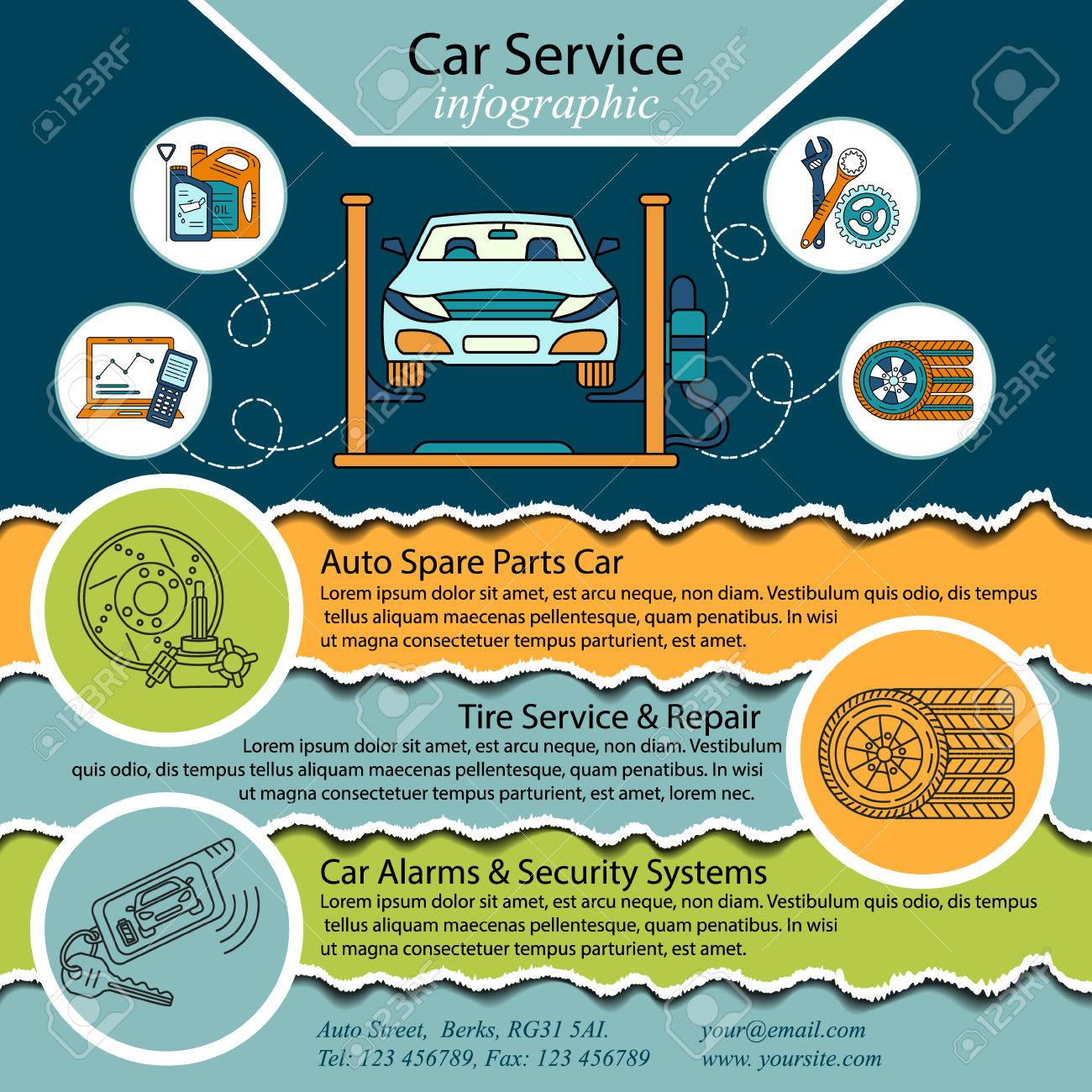Wish To Find Out More Concerning The Warning Lights On Your Dashboard? Discover What They Suggest Regarding Your Lorry'S Health And Safety
Wish To Find Out More Concerning The Warning Lights On Your Dashboard? Discover What They Suggest Regarding Your Lorry'S Health And Safety
Blog Article
Material Writer-Vinson Forbes
When you're behind the wheel, those beautiful caution lights on your dashboard can be a little bit perplexing. Do you recognize what they're attempting to inform you about your auto's health? Recognizing the value of these lights is vital for your safety and the longevity of your automobile. So, the next time one of those lights appears, wouldn't you want to decipher its message accurately and take the required actions to address it?
Common Warning Lighting and Interpretations
Recognize common caution lights in your auto and recognize their meanings to ensure secure driving.
The most typical caution lights consist of the check engine light, which indicates problems with the engine or discharges system. If this light begins, it's critical to have your vehicle checked without delay.
The oil pressure alerting light shows reduced oil stress, calling for immediate attention to prevent engine damage.
A flashing battery light might recommend a damaged charging system, possibly leaving you stranded otherwise resolved.
The tire stress monitoring system (TPMS) light alerts you to reduced tire pressure, impacting vehicle stability and fuel efficiency. Ignoring this can lead to dangerous driving problems.
The ABS light indicates an issue with the anti-lock stopping system, jeopardizing your capacity to quit promptly in emergencies.
Finally, the coolant temperature alerting light warns of engine getting too hot, which can cause serious damages if not resolved promptly.
Understanding these usual warning lights will certainly aid you attend to concerns without delay and preserve secure driving conditions.
Value of Prompt Interest
Understanding the typical caution lights in your car is only the very first step; the value of without delay attending to these warnings can't be stressed enough to ensure your safety and security when driving.
When a caution light illuminates on your control panel, it's your car's way of interacting a possible problem that needs interest. Neglecting mouse click for source can lead to extra severe problems down the road, endangering your safety and possibly costing you a lot more out of commission.
Motivate attention to warning lights can avoid breakdowns and accidents. For instance, a flashing check engine light can show a misfire that, if left unattended, can cause damage to the catalytic converter. Resolving this immediately can save you from a pricey repair work.
Similarly, a brake system cautioning light may indicate reduced brake fluid or used brake pads, important parts for your safety when driving.
Do It Yourself Troubleshooting Tips
If you discover a caution light on your dashboard, there are a few DIY troubleshooting suggestions you can attempt before seeking expert aid.
The first step is to consult your auto's manual to understand what the specific warning light indicates. Sometimes the issue can be as easy as a loosened gas cap triggering the check engine light. Tightening up the gas cap may resolve the issue.
One more common concern is a reduced battery, which can set off numerous alerting lights. Checking the battery connections for deterioration and ensuring they're secure might fix the issue.
If a warning light continues, you can attempt resetting it by disconnecting the cars and truck's battery for a couple of mins and afterwards reconnecting it. Furthermore, examining your lorry's fluid levels, such as oil, coolant, and brake liquid, can aid troubleshoot cautioning lights related to these systems.
Click Link
To conclude, understanding your auto's caution lights is necessary for keeping your car running efficiently and safely. By immediately resolving these signals and understanding what they suggest, you can avoid expensive repair services and prospective breakdowns.
Keep in mind to consult your automobile's manual for certain details on each cautioning light and act appropriately to make sure a hassle-free driving experience.
Remain educated, remain safe when traveling!
